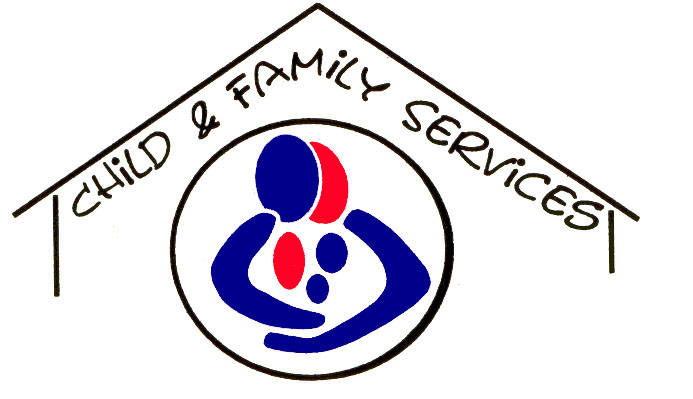Measure
The number of children served in foster care, including their demographics, during the Fiscal Year.
How This is Measured
The point-in-time count of children served in foster care as of the last day of the quarter.
Demographics include:
Age: Ages of children grouped in the following ranges:
- 0-5
- 6-12
- 13-17
- 18+ (Note: In the District of Columbia, foster care is extended until the age of 21 for all children that have not yet reached permanency)
Race and Ethnicity: Per the Census Bureau definition, race is a person’s self-identification with one or more social groups (White, Black or African-American, Asian, American Indian and Alaska Native, Native Hawaiian and Other Pacific Islander, or some other race). Ethnicity determines whether a person is of Hispanic origin or not. In CFSA’s current data structure only a primary race can be selected, and Hispanic ethnicity is listed as a race option. This will be updated as CFSA transitions from the current State Automated Child Welfare Information System (SACWIS) to a new Comprehensive Child Welfare Information System (CCWIS).
Gender: The sex assigned at birth. While this reporting does not consider the self-reported gender identity of the children served in-home if different from what was assigned at birth, the agency does recognize that some youth identify as gender non-conforming. CFSA recognizes that not all gender-nonconforming youth identify as being transgender. As such, if a youth self identifies to their social worker, this information is discussed with persons responsible for implementing the case plan.
Why This Matters
Knowing the number and demographics of children being served in foster care helps the agency to make informed decisions. Examples include: the types of contracted services required, and the types of placement providers to recruit to appropriately serve the cultural needs of children in care.



